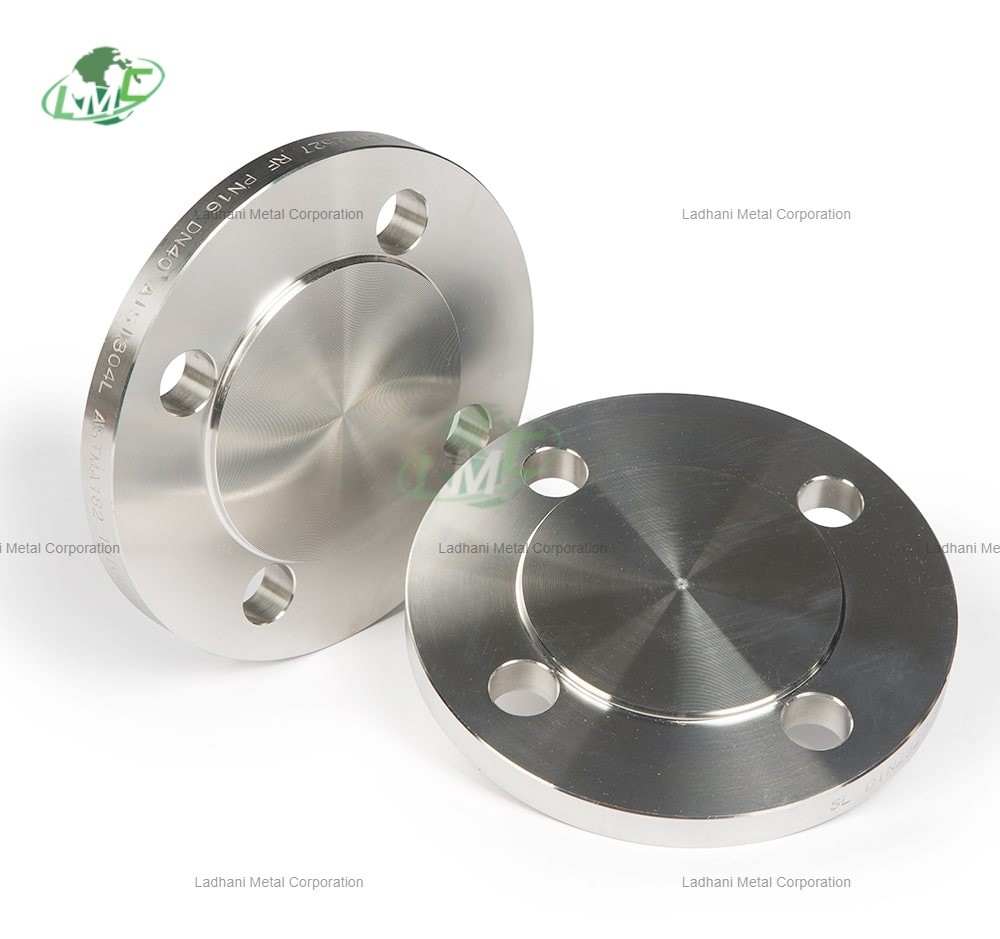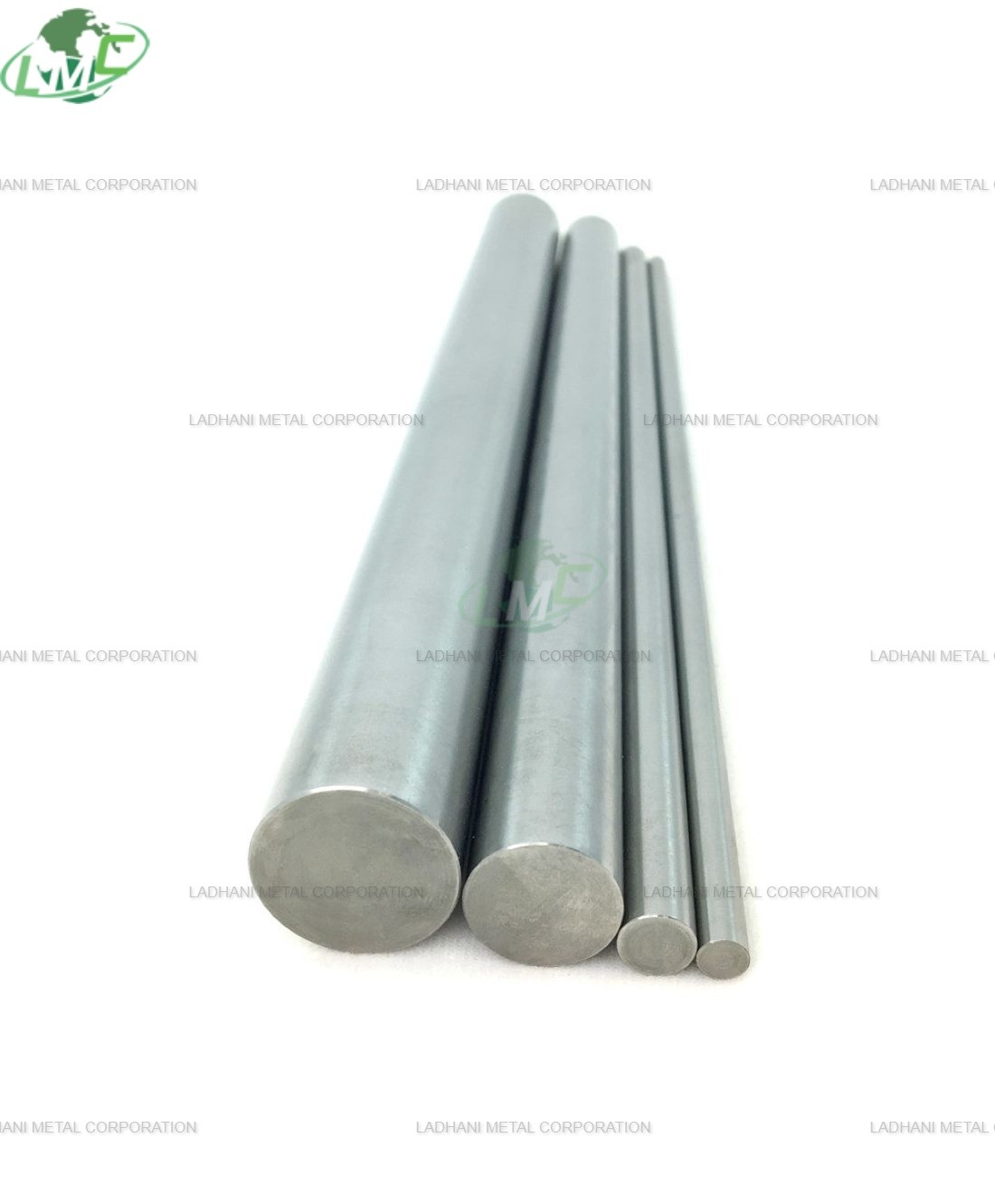DIN 2527 SS P.H. (Precipitation Hardening) Blind Flanges are designed for use in high-performance piping systems that require robust sealing solutions. Made from precipitation-hardening stainless steel alloys, these flanges combine high strength, excellent corrosion resistance, and the ability to withstand elevated temperatures. Manufactured to meet the DIN 2527 standard, these flanges ensure dimensional accuracy, high pressure tolerance, and superior mechanical performance, making them ideal for demanding applications in industries such as chemical processing, aerospace, and power generation. Material Composition of Precipitation Hardening Stainless Steel (SS P.H.): Precipitation-hardening stainless steels are a family of alloys known for their ability to achieve high strength through heat treatment. Grade 17-4 PH: Chromium (Cr): 15.0% - 17.5% Nickel (Ni): 3.0% - 5.0% Copper (Cu): 3.0% - 5.0% Iron (Fe): Balance Manganese (Mn): 1.0% max Silicon (Si): 1.0% max Carbon (C): ≤ 0.07% Phosphorus (P): ≤ 0.04% Sulfur (S): ≤ 0.03% Grade 15-5 PH: Chromium (Cr): 14.0% - 15.5% Nickel (Ni): 3.5% - 5.5% Copper (Cu): 2.5% - 4.5% Iron (Fe): Balance Manganese (Mn): 1.0% max Silicon (Si): 1.0% max Carbon (C): ≤ 0.07% Phosphorus (P): ≤ 0.04% Sulfur (S): ≤ 0.03% Key Features of DIN 2527 SS P.H. Blind Flanges: High Strength: Precipitation-hardened stainless steels, such as 17-4 PH and 15-5 PH, are known for their high tensile strength and hardness. Corrosion Resistance: Stainless steel, especially in the precipitation-hardened grades, offers excellent resistance to corrosion, including resistance to pitting, crevice corrosion, and stress corrosion cracking in both aqueous and high-temperature environments High-Temperature Performance: SS P.H. Blind Flanges can withstand high temperatures, making them suitable for use in applications that involve elevated temperatures (up to 600°C or 1100°F), such as chemical reactors, power plants, and aerospace systems. Dimensional Accuracy & Pressure Ratings: These flanges are manufactured to precise DIN 2527 standards to ensure tight seals and correct fitment in piping systems. They are available in multiple pressure classes such as PN6, PN10, and PN16, which denote the maximum pressure the flange can safely withstand. Design Options: Standard Blind Flange (Type A): A solid, circular flange used to seal the end of a pipe or vessel, suitable for general applications. Flat-Faced Blind Flange: Features a flat sealing surface for low-pressure applications, ideal for ensuring a tight seal in systems with low pressure. Raised Face Blind Flange: Has a raised area around the center, providing enhanced sealing for higher-pressure applications. Ring-Type Joint (RTJ) Blind Flange: Designed with a groove for a ring-type joint gasket, used in high-pressure systems such as oil and gas pipelines. Long Weld Neck Blind Flange: Equipped with an extended neck for welding, offering additional strength and support in high-pressure or stressed systems. Nominal Diameter: DIN 2527 SS P.H. Blind Flanges are available in various nominal diameters (DN), ranging from DN10 (1/2 inch) up to DN600 (24 inches) or larger, ensuring compatibility with a wide range of piping systems and applications.
Send Message








